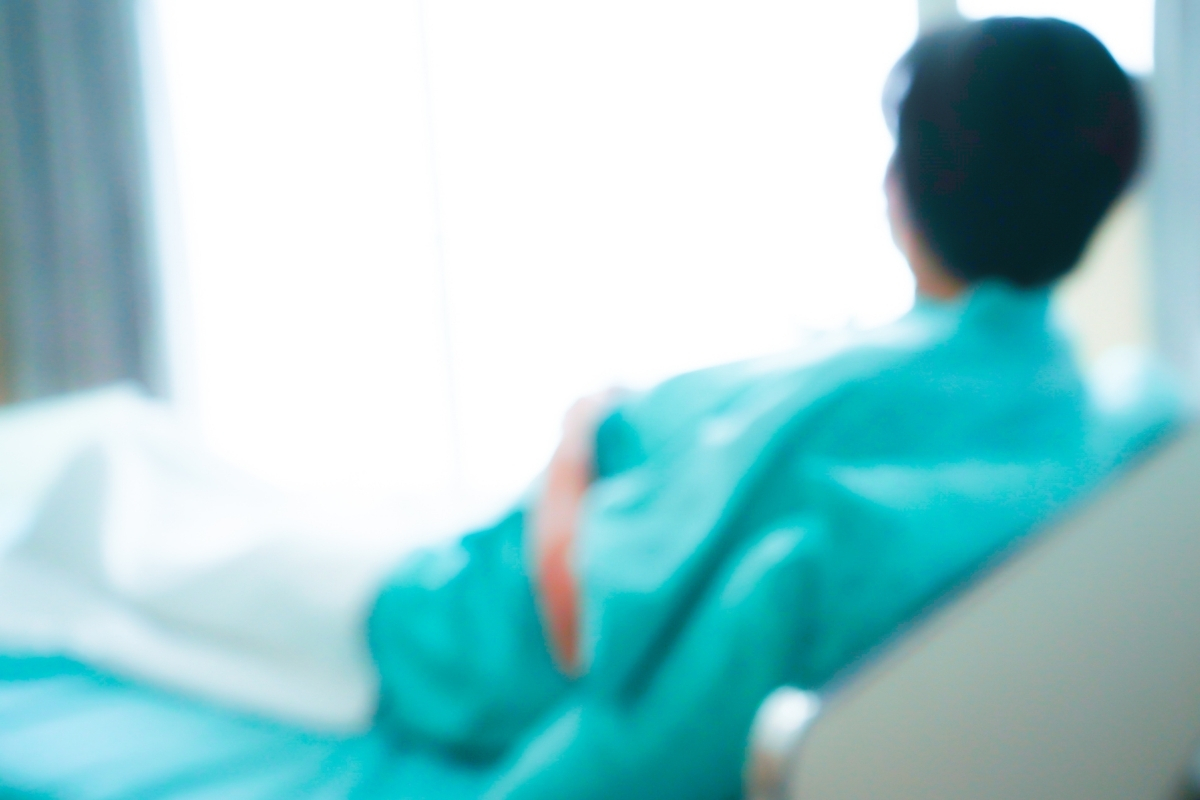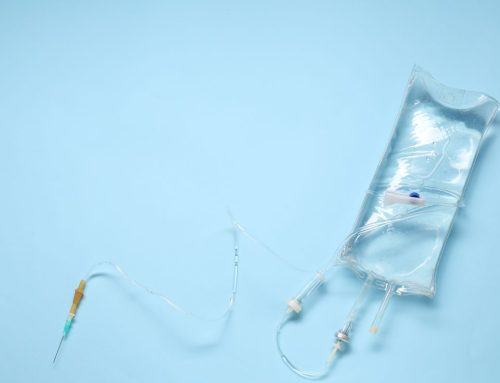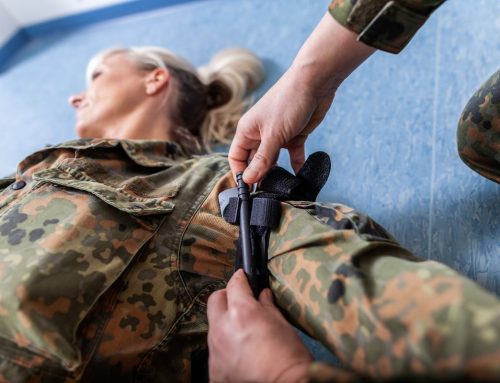Medical device manufacturing is one of the most critical operations in the world. Much of our modern healthcare relies on advanced equipment, and vast amounts of money are spent annually to ensure such equipment is available. Statistics show that the global medical device market is projected to reach USD 886.80 billion by 2032, which is exceeded only by artificial intelligence and pharmaceutical products. Patient interfaces are crucial components in diagnostic and therapeutic devices. Rubber materials are widely used in manufacturing these interfaces due to their flexibility, durability, and sterilization ability. ISO 10993 provides guidelines for the biological evaluation of medical devices, ensuring that the materials used are safe and biocompatible. Here are the material types used in rubber patient interfaces and how they comply with ISO 10993 standards.
Importance of Patient Interfaces
Patient interfaces are the components of medical devices that directly contact the patient’s body. These interfaces are found in a wide range of diagnostic and therapeutic equipment, including sensors, catheters, and surgical instruments. They are the critical link between the device’s technology and the patient, ensuring that data is collected and treatments are precisely delivered.
The functionality of patient interfaces is essential for the accurate diagnosis and effective treatment of medical conditions. For example, in diagnostic devices such as ECG machines, the interface must reliably transmit electrical signals from the body to the device without interference. In therapeutic devices, like infusion pumps, the interface must deliver medication at the correct rate and dosage.
Safety is paramount when designing and using patient interfaces. These components must minimize discomfort and prevent adverse reactions such as skin irritation or allergic responses. According to the FDA, more than two million injuries occur each year due to medical device malfunctions, highlighting the importance of safe and effective patient interfaces. Ensuring that rubber patient interfaces are made from biocompatible materials that comply with ISO 10993 is crucial for maintaining high standards of patient care and safety.
Types of Rubber Used by MWRCO
MWRCO employs a variety of materials in the manufacturing of rubber patient interfaces. The most commonly used types include natural rubber, nitrile rubber, and thermoplastic elastomers. Each type offers unique properties that make them suitable for specific applications in the medical field.
Natural rubber, with its high elasticity and strength, is commonly used in products like suture holders and clamp pads, where flexibility and durability are crucial.
Nitrile rubber offers excellent resistance to oils and chemicals, enhancing the durability of medical dressings.
Thermoplastic elastomers combine the properties of plastics and rubber, providing versatility and ease of processing.
ISO 10993 Standards
ISO 10993 is a set of international standards for the biological evaluation of medical devices. These standards provide guidelines for assessing the biocompatibility of materials used in medical devices to ensure they are safe for rubber patient interfaces. ISO 10993 is crucial in the medical device industry because it helps manufacturers identify and mitigate potential biological risks associated with their products.
Recent updates to ISO 10993 have focused on improving the thoroughness and relevance of biocompatibility assessments. One significant update is the increased emphasis on chemical characterization and risk assessment, ensuring that all potential biological hazards are identified and evaluated early in the product development process.
Rubber’s Compliance with ISO 10993
Compliance with ISO 10993 is crucial for rubber materials used in medical devices to ensure they are safe and biocompatible. The testing process for these materials involves a series of evaluations to determine their suitability for medical applications.
Different types of rubber, such as natural rubber and nitrile rubber, undergo rigorous testing to meet ISO 10993 standards. This process includes cytotoxicity tests to check for any toxic effects on cells, sensitization tests to ensure the material does not cause allergic reactions, and irritation tests to evaluate potential skin or mucosal irritation.
Advantages of Using Rubber in Medical Devices
Rubber materials offer several significant advantages in the manufacturing of medical devices, making them a preferred choice for patient interfaces and other critical components.
Biocompatibility is a primary advantage of using rubber in medical devices. Biocompatible materials ensure patient safety by minimizing the risk of adverse reactions when in contact with human tissues. Compliant with ISO 10993 standards, rubbers such as natural rubber and nitrile rubber have been thoroughly tested to confirm their safety for medical use. This property is essential in maintaining the high standards required in healthcare environments.
Durability is another key benefit of rubber patient interfaces. Rubber components can withstand various medical conditions and repeated use without degrading. This longevity ensures that devices remain functional and reliable over time, reducing the need for frequent replacements and maintenance.
Ease of sterilization is critical for maintaining hygiene and preventing infections in medical settings. Rubber materials can be sterilized using various methods, including autoclaving, gamma irradiation, and chemical sterilants, without compromising their properties. This makes rubber ideal for use in a wide range of medical devices, from single-use items to reusable surgical tools.
Flexibility is another significant advantage of rubber patient interfaces. Flexible rubber allows medical devices to adapt to different anatomical structures and patient needs, enhancing their functionality. This adaptability is crucial in ensuring effective treatment and patient comfort.
Common Challenges and Our Solutions
While rubber materials offer numerous advantages in medical devices, they also present certain challenges that manufacturers must address to ensure safety and efficacy.
Common challenges include material degradation and allergic reactions. Rubber materials can degrade over time due to exposure to environmental factors such as heat, light, and chemicals. This degradation can compromise the integrity and performance of medical devices. Approximately 4.3% of the global population is allergic to natural rubber latex, which can lead to serious health issues.
MWRCO employs several strategies to overcome these challenges. To address material degradation, MWRCO utilizes advanced material formulations that enhance the stability and durability of rubber components. By incorporating additives that protect against oxidative and thermal degradation, MWRCO ensures rubber materials maintain their properties over time, even under harsh conditions.
A Slate of Benefits for Medical Device Interfaces
Rubber materials offer numerous benefits in patient interfaces for diagnostic and therapeutic devices. They provide flexibility, durability, ease of sterilization, and biocompatibility, making them ideal for various medical applications. Rubber components play a critical role in modern healthcare by ensuring patient safety and enhancing device performance.
In the future, advancements in rubber materials are expected to impact the medical device industry further positively. Innovations such as improved formulations that enhance biocompatibility and durability and the development of new hypoallergenic materials will continue to drive the industry’s growth. These advancements will lead to safer, more effective medical devices that can better meet the needs of patients and healthcare providers.
Ensuring compliance with ISO 10993 standards is crucial for maintaining high levels of patient safety and device efficacy. Rigorous testing and adherence to these standards help manufacturers like MWRCO produce rubber components that are safe, reliable, and effective. As the medical device industry evolves, the importance of ISO 10993 compliance will remain a cornerstone in developing high-quality medical devices.
For more information about the use of rubber patient interfaces in medical devices, contact MWRC for assistance. Our expertise and commitment to quality enable us to help you make the right rubber choices for your products.



